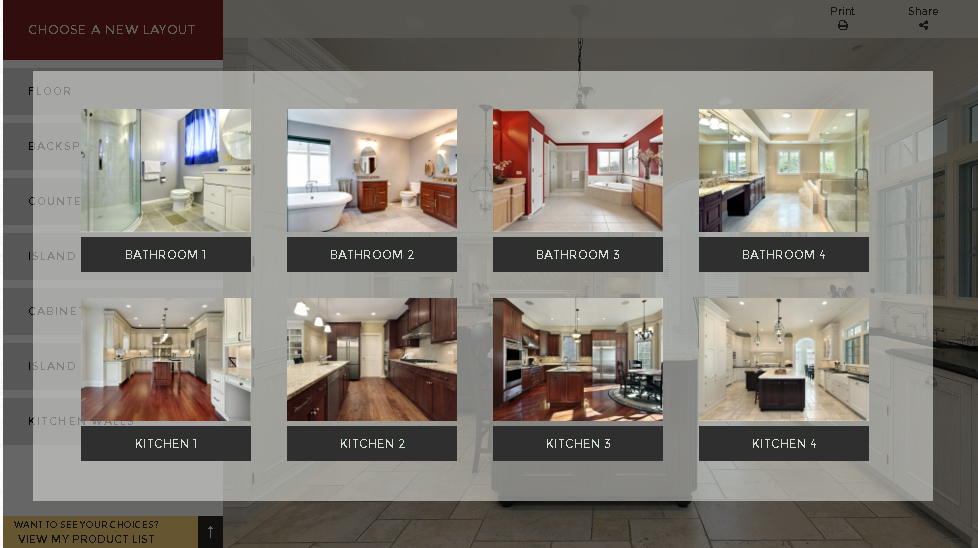Technology Brings Exciting Change to Home Improvements
Technology Brings Exciting Change to Home Improvements
Technology informs almost every part of daily life. It helps you make decisions, creates simpler processes and allows you to communicate with ease. Every industry is able to use technology to foster change and advancement. The home improvement industry is using technology in a variety of ways. From the materials and products used to the advent of the smart house, technology is a driver of the evolution of the home improvement industry.
Technology’s impact on materials and products
Building practices now put much emphasis on sustainability and energy efficiency. There is a desire by many professionals and homeowners to reduce the carbon footprint of a home. Technology has provided access to more sustainable materials like reclaimed wood. Bamboo is also a popular wood that is being used more now. A bamboo tree reaches maximum size typically in just three years.
Energy efficiency is top of mind as well. With performance glass like Low-e (low emissivity), the glass in your windows or patio doors is coated on the surface to radiate heat. It keeps you warm in the winter and cool in the summer. It can reduce the heat conducted through the glass by 30 percent. This keeps you comfortable and can reduce energy costs.
Technology also delivers power. Solar and wind power can be harnessed to power homes, reducing the dependence on less eco-friendly power sources. Technology has allowed the fine-tuning of these applications as well as informed how to build them.
Products like LED lighting have enormous benefits for homeowners, as they are the most energy-efficient light source. LEDs emit very little heat and last much longer than traditional incandescent lighting. A LED light can last for 25,000 to 35,000 hours compared to an incandescent light at 2,000 hours. LEDs are also durable and versatile. LED lights can be automated as well to reduce energy use even further.
A smart home is a better home
Homeowners are enlightening their homes with smart technology, including a means to control temperature, security, lighting, appliances and entertainment. The global smart home market is forecasted to reach $40 billion by 2020.
Smart homes usually contain multiple IoT (Internet of Things) devices. Your thermostat is now “smart” enough to react to different temperatures throughout the day. Your appliances can now communicate with one another, streamlining your kitchen activities.
Security and safety are also features of a smart house. Doors have smart locks and sensors. Cameras let you know who’s at the front door. Throughout any given home, there may be multiple gadgets that operate as a security force while also connecting you with emergency agencies if smoke is detected.
Technology expands the way to plan and design
The way in which homeowners work with professionals, including builders, remodelers and architects, has changed immensely because of technology. Technology allows professionals to share 3D models. Homeowners can have a virtual reality experience. The tools used by professionals will continue to advance and provide benefits through the plan and design phases.
The role of technology in home improvement will only grow. As homes become more connected and eco-friendly, it’s technology that will facilitate these changes. From what materials are used to the design experience to the emergence of the smart home, technology is now deeply intertwined with home improvement.


Comments
Post a Comment